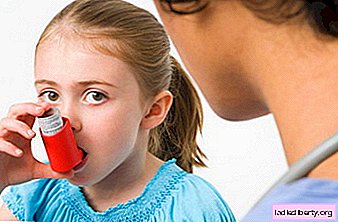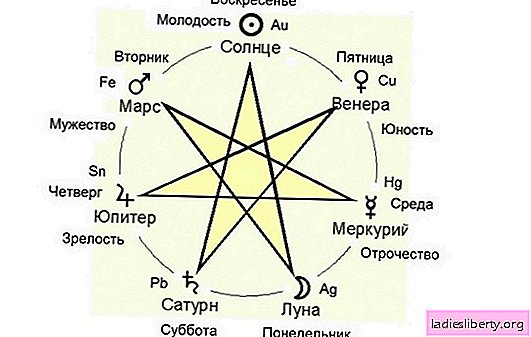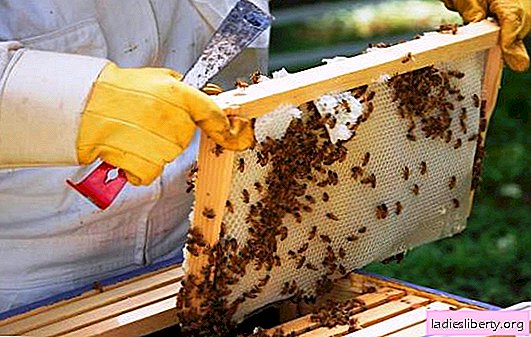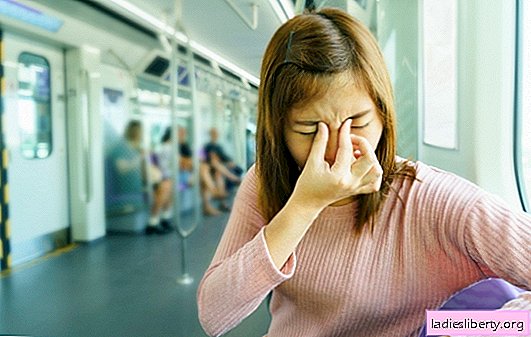
Bronchial asthma - This is an allergic inflammation of the respiratory tract, which causes the development of acute spasm of the bronchi and increased secretion of mucus. These changes lead to a violation of the patency of the bronchi - bronchial obstruction. In form, bronchial asthma is allergic (atopic) and non-allergic (non-atopic).
The atopic form is characterized by asthma attacks, in which various allergens act as a provoking factor: house dust and its components, library dust, tree and grass pollen, pet hair allergens, food allergens. Children are more prone to the atopic form, the non-atopic is caused only by increased sensitivity to infectious allergens.
According to the frequency and severity of attacks of bronchial obstruction, the course of the disease can be mild, moderate and severe. Depending on this, the doctor decides on the appointment of certain anti-asthma drugs.
The reasons for the development of bronchial asthma as an allergic disease largely depend on the presence of genetic factors. Medical statistics suggest that approximately 60% of sick children have relatives suffering from allergic diseases. However, usually the formation of this disease begins with a combination of burdened heredity with exposure to adverse environmental factors.
It is customary to distinguish three main groups of factors that contribute to the development of bronchial asthma:
- predisposing factors (this should include burdened heredity, atopy, bronchial hyperreactivity);
- causative factors (represented by allergens, viral infections, drugs);
- factors that can cause exacerbation or stimulate inflammation in the bronchi or the development of acute bronchospasm (here we are talking about allergens, viral and bacterial infections, cold air, tobacco smoke, emotional stress, physical exertion, meteorological factors, etc.).
Symptoms of asthma in children
Bronchial asthma is characterized by periodically occurring attacks of shortness of breath or suffocation caused by bronchospasm, mucus hypersecretion, and swelling of the bronchial mucosa. As a rule, the main symptoms of an attack of bronchial asthma include shortness of breath, a feeling of acute shortage of air, wheezing, paroxysmal cough, accompanied by clear, hard sputum, swelling of the chest, in the most severe cases - suffocation. Often this disease in children is accompanied by allergic rhinitis (seasonal or year-round) and atopic dermatitis.
Treatment of bronchial asthma in children
Treatment should provide the child with the opportunity to live a normal active life, attend school, play sports. For this, parents must have sufficient knowledge about the treatment of bronchial asthma, about irritants, the effects of drugs, etc.
Treatment of young children is carried out by the same groups of medicines as in adolescents and adults. A key role in this belongs to inhaled glucocorticosteroid drugs. Children under 4 years old should receive these medicines in smaller doses through a special device - a nebulizer, or a mask for inhaling drugs. For older children and adolescents, it is advisable to use special inhalers with a spacer (this is a tube-shaped device designed to improve aerosol delivery to the respiratory tract).
Doses of drugs and methods of treatment for this disease should always be prescribed only by a doctor. Considering that allergy plays a large role in its development, it is very important to reduce any allergic load, including medication. For this, in the treatment of bronchial asthma in children, breathing exercises and psychotherapy are also widely used.











